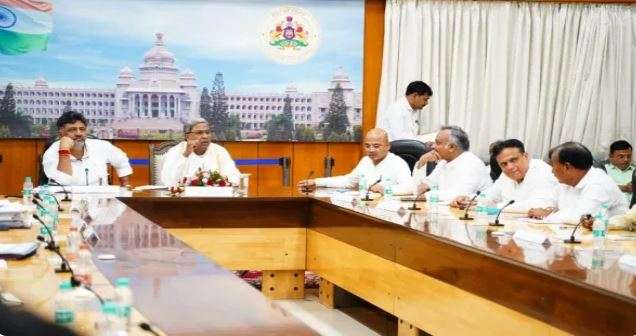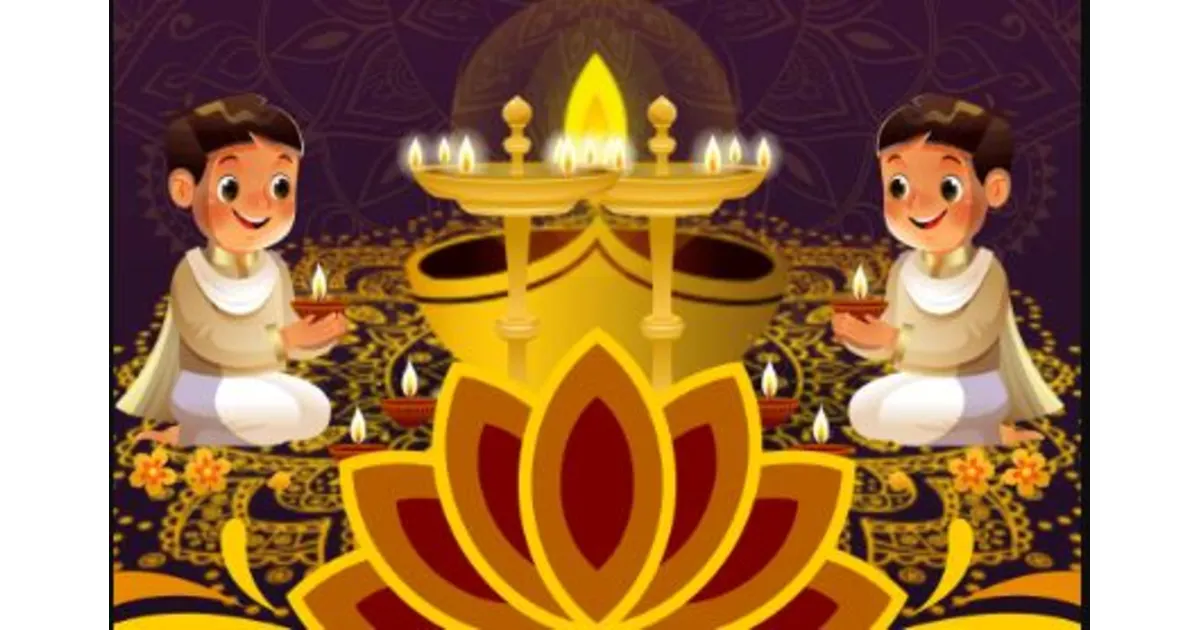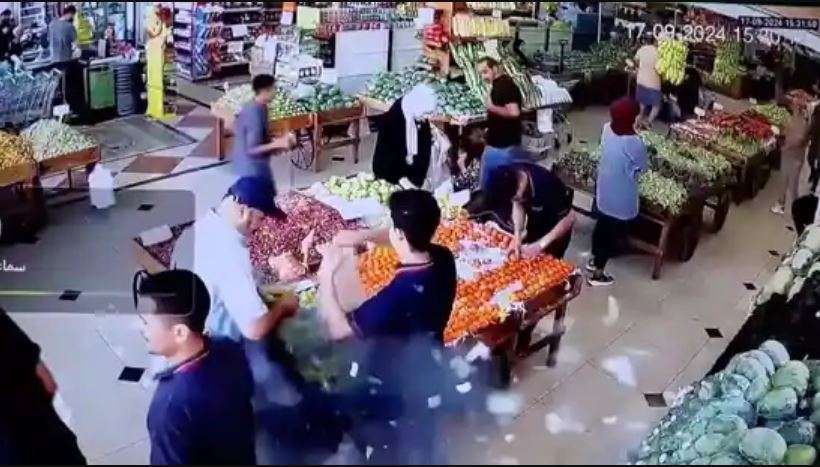Introduction to Choti Diwali
Choti Diwali, also known by names such as Narak Chaturdashi, Roop Chaudas, Yama Chaturdashi, and Kali Chaudas, holds immense religious and spiritual significance in Hindu tradition. Celebrated a day before the grand festival of Diwali, it symbolizes the victory of light over darkness and the triumph of good over evil. On this day, Lord Yama—the god of death—is worshipped to eliminate the fear of premature death. Lighting a traditional Yam Deepak is believed to invite prosperity and safeguard one’s household.
Date and Timings of Choti Diwali 2025
The observance of Choti Diwali in 2025 will begin on October 19 at 1:51 PM and conclude on October 20 at 3:44 PM. It is a significant day in the Krishna Paksha of the Kartik month, falling on the Chaturdashi Tithi.
Kali Chaudas Puja Timing
Devotees of Goddess Kali will worship her during the sacred time of 11:41 PM to 12:31 AM on the night of October 19. This hour is considered highly auspicious for invoking the fierce yet protective aspect of the goddess.
Best Time to Light the Yam Deepak
The auspicious window for lighting the Yam Deepak on Choti Diwali falls between 5:50 PM and 7:02 PM. Lighting this symbolic lamp is said to dispel the fear of untimely death and bring peace and harmony to the household.
Spiritual Significance and Ritual Practices
Choti Diwali is not just a prelude to the Diwali festival but an important spiritual observance in its own right. On this day, people rise early, take a ritualistic oil bath, light earthen lamps, and offer prayers to Lord Yamaraj. In many homes, special rituals are performed to cleanse both body and soul. Some devotees also observe a fast and pray for the well-being and prosperity of their families.
Across different regions of India, the day goes by various names, yet the essence remains the same—banishing darkness, negativity, and fear, and embracing light, beauty, and divine blessings.
Mythological Connection with Lord Krishna
The origins of Choti Diwali are rooted in a compelling tale from the Dwapara Yuga, involving Lord Krishna, Satyabhama, and the demon Narakasura. Narakasura, a powerful and tyrannical demon, had received a boon that he could only be slain by his mother, Bhudevi (Mother Earth). Emboldened by this, he wreaked havoc on gods, sages, and celestial beings.
When the atrocities reached unbearable levels, the gods sought Lord Krishna’s help. Knowing that his wife Satyabhama was an incarnation of Bhudevi, Krishna took her to battle against Narakasura. During the fierce confrontation, Krishna was wounded. Satyabhama, enraged and determined, picked up the bow and shot a fatal arrow into Narakasura’s heart, fulfilling the prophecy.
This momentous event occurred on Chaturdashi Tithi, and the joyful celebration that followed marks the tradition of Choti Diwali. People lit lamps and distributed sweets in gratitude and relief, signifying the return of peace and righteousness.
Conclusion
Choti Diwali is a profound reminder of the eternal battle between good and evil. It encourages us to light the lamp of wisdom, destroy inner demons, and invite auspiciousness into our lives. Whether you celebrate it as Narak Chaturdashi, Roop Chaudas, or Yama Deepam, the essence remains the same—a celebration of divine triumph, protection, and inner transformation.















